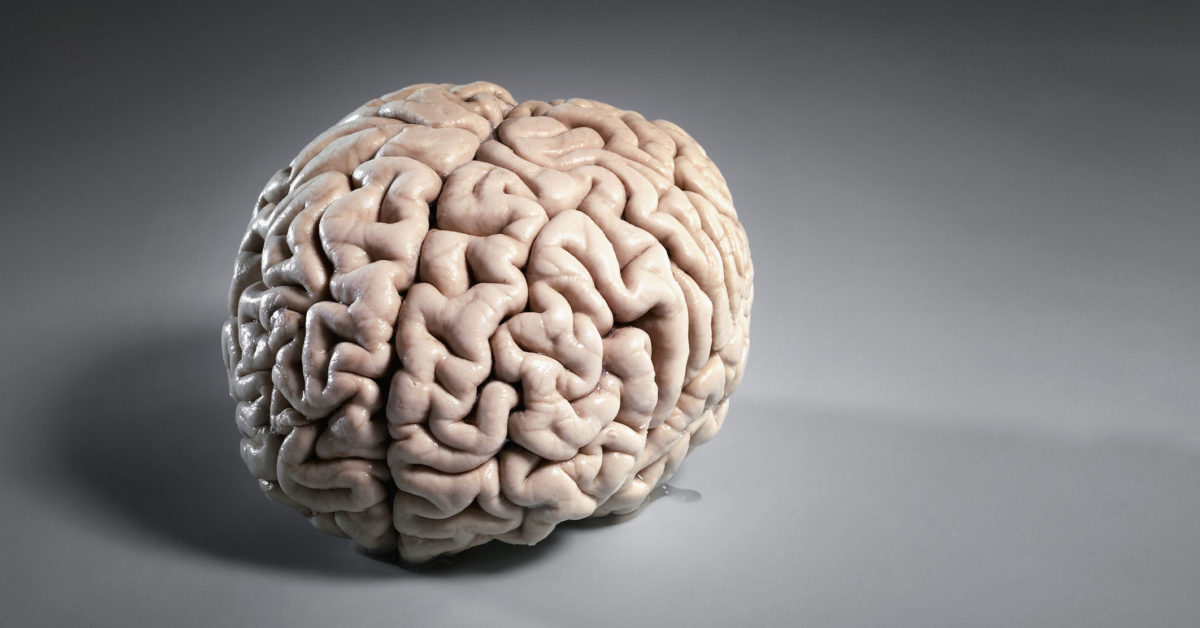Scientists have created an “atlas” of synapses in the mouse brain, potentially helping other researchers better understand neurological disorders in humans.

The findings, which feature in the journal Science, provide a visual demonstration of the development of synapses across the brain’s life. Synapses connect brain cells, or neurons, in the brain.
Although the types of cells in the brain are also present in other parts of the human body, it is the ubiquity of synapses in the brain — the way that they connect everything with everything — that enables it to be so effective in processing information.
As one article notes, “[t]he connections, or synapses, among neurons in the human brain are not only more numerous but also more intricately patterned than anything that has ever been constructed to process information, including the most sophisticated supercomputer.”
Over the past 20 years, scientists have learned a significant amount about this abundant and important unit of the brain. However, they do not fully understand precisely how synapses develop and the bearing that this development has on human neurological health.
In this context, the researchers behind the present study set out to create an atlas of mouse synaptic architecture.
Importantly, the researchers wanted not to look simply at the synaptic architecture at a single point in time but to track how it develops throughout the lifespan of a mouse. They hoped that doing so would enable them to gain a better understanding of the interaction of distinct syna

